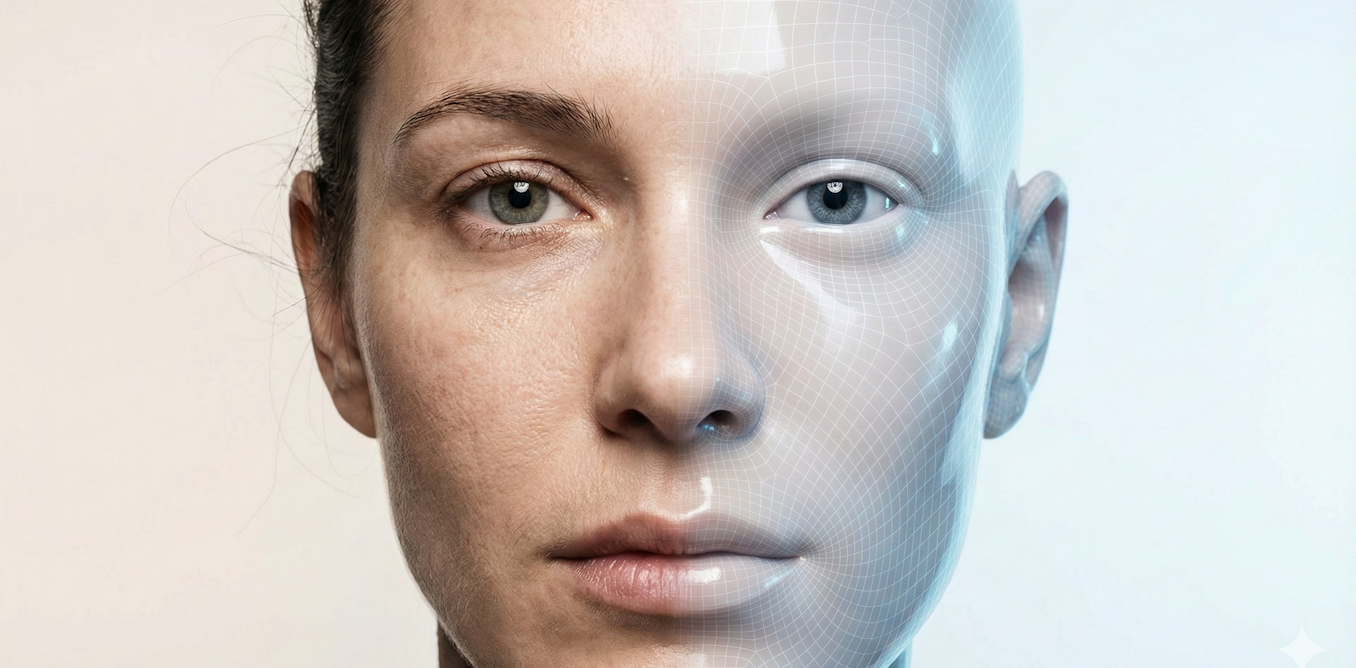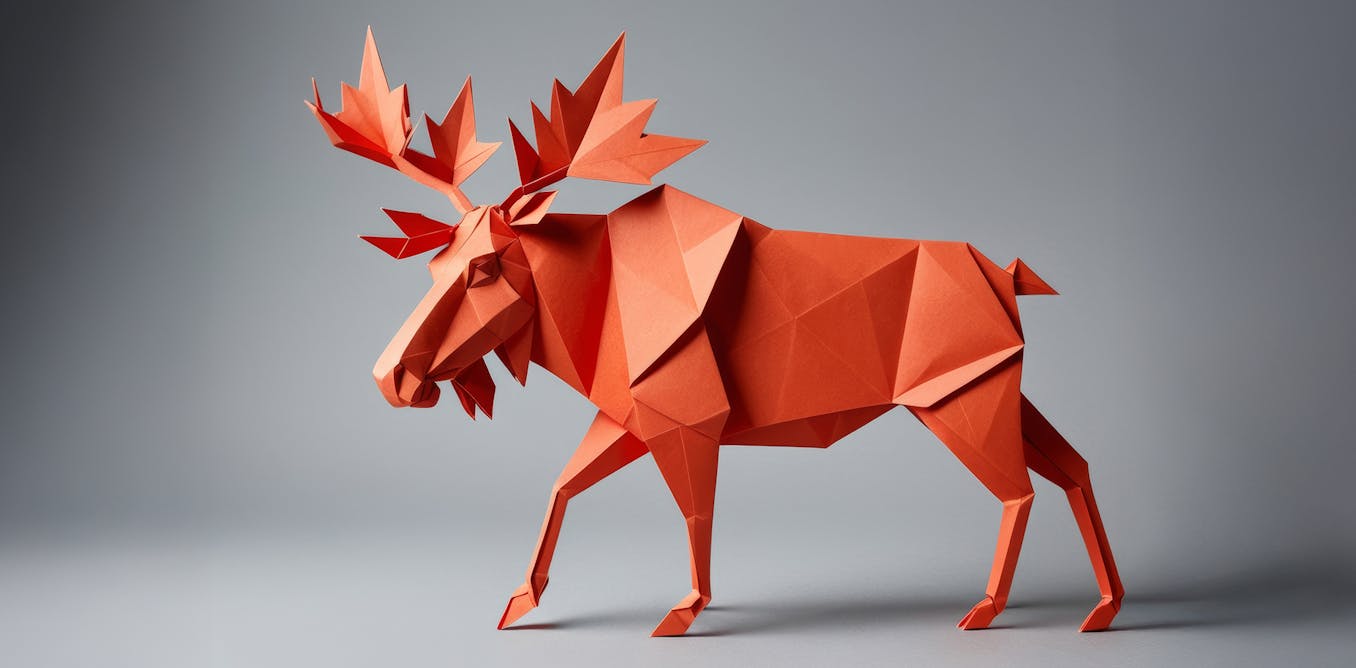The recent unveiling of some of the most technologically advanced animal robots in recent years has left the world shocked and amazed. From spy robots to robotic horses and even robotic dolphins, the applications of these innovative creations are vast and exciting.
One of the most intriguing robots featured in the video is a spy robot in the form of an orangutan. Designed for discreet reconnaissance in environments where orangutans reside, this animatronic agent provides scientists with valuable data about their natural habitat. The robot’s advanced sensors and cameras enable it to authentically mimic orangutan behavior and record the surrounding environment, offering new perspectives for scientific research in the fields of zoology and animal behavior.
In Japan, the JRA company has unveiled a hyperrealistic robot horse that can realistically move its head, flap its lips, and even snort. While it may not be able to gallop or walk, the lifelike appearance of the robot is incredibly impressive, costing the company around €80,000 to create.
Robotic animals have also been deployed in the Pantanal wetlands in Brazil, with robotic jaguars, alligators, grizzly bears, and even salmon capturing footage of wildlife in their natural habitats. These spy robots provide operators with unprecedented access to wild animals, allowing for closer monitoring and conservation efforts.
The most fascinating of all is the creation of a hyperrealistic robotic dolphin named Dell, developed by Edge Innovations. With a medical-grade silicone skin and seamlessly mechanical movements, Dell holds the potential to liberate captive dolphins around the world from marine park attractions.
The astounding realism and advanced technology behind these animal robots have opened up new possibilities for scientific research, wildlife conservation, and even the ethical treatment of captive animals. These unique creations bridge the gap between nature and artificial intelligence, offering a surreal convergence of technology and the natural world.
As the field of robotics continues to advance, the potential for these animal robots to revolutionize wildlife conservation and scientific research is boundless. The possibilities are truly endless, and the impact of these innovative creations on the world is nothing short of astounding.
Watch the video by Carros Show
Video Transcript
A spy robot in the form of an orangutan is an Innovative tool for discret and covert reconnaissance in environments where orangutans reside this animatronic agent can be used to study and observe the behavior of wild orangutans providing scientists with valuable data about their natural habitat its Advanced
Sensors and cameras enable the Spy robot to authentically mimic orangutan behavior and record the surrounding environment this approach opens up New Perspectives for scientific research in the fields of Zo ology and animal behavior offering a deeper understanding of their lives in the wild this Innovative technology can also be
Applied to the conservation of wild orangutans by allowing closer monitoring of their lives and identifying potential threats such as poaching or habitat loss the orangutan robotic spy could become a valuable tool for maintaining ecosystem balance and preserving this unique species while horses have not yet become rare animals they have also not escaped
The realm of Robotics in Japan the JRA company has unveiled a robot horse that realistically moves its head flaps its lips and snorts unfortunately this Robo horse cannot Gallop or even walk such Creations are typically referred to as animatronics they find primary uses in amusement parks and film studios
Although unnamed it is an incredibly impressive site as one would expect considering that it cost the JRA around 10 million yen roughly €80,000 the robot turned out to be so realistic that passers by were convinced they were looking at a live horse however the movements of this horse were slightly
Unusual inevitably drawing attention imagine their surprise when they realized it wasn’t just an ordinary horse but a genuine hyperrealistic robot in Brazil robots resembling wild animals have been deployed to the panol wetlands to observe wildlife and transmit data the British Studio John Downer Productions specializing in nature filming using robotic animals
Sent a Jaguar robot and a Cayman robot alligator family to Brazil it is noted that these robotic animals have integrated into the pantol wetlands environment in this unique ecosystem there are 463 species of birds 269 species of fish 41 species of reptiles and amphibians thousands of invertebrate subspecies and hundreds of mammal
Species filming from the water was conducted by a robotic paraguayan Cayman while on land it was assisted by a Jaguar Cub as reported by National Geographic in the footage the Jaguar appears more like a soft toy but the alligator exploring the water looks remarkably realistic this is another robotic spy animal video
From John Downer Productions this time featuring a robotic grizzly bear cub and a salmon robot capturing some footage of wild grizzly bears as they fish in a river the task of a robotic spy bear is to move discreetly within a territory collecting reconnaissance information it is typically equipped with modern
Sensors and cameras allowing it to effectively interact with the surrounding environment the size and shape of the bear make it less suspicious and facilitate a silent approach to the Target a salmon shaped spy robot represents an Innovative approach to reconnaissance Technologies its natural form enables it to move unnoticed in aquatic environments
Gathering valuable data and providing unique capabilities for underwater surveillance this hyperrealistic robotic dolphin named Dell comes with a price tag of $3 million and holds the potential to liberate captive Dolphins around the world through a blend of mechanical Innovation and advanced puppetry developed by Edge Innovations
Dell weighs more than 500 lb and spans 8. .5 ft in length mirroring the dimensions of a real bottle-nosed dolphin what sets Dell apart is her medical grade silicone skin and seamlessly mechanical movements creating a lifelike appearance that is nearly indistinguishable from a real dolphin based on looks alone Edge Innovations
Explains that Dell comes to life through a combination of puppeteering programming and artificial intelligence the vision at Edge Innovations is optimistic for seeing animatronic Dolphins as potential replacements for wild animals confined in captivity for Marine Park attractions as of 2023 there were 3,29 Dolphins held in captivity across Marine Parks globally
Constituting an industry that generates between 1.1 and $5.5 billion annually according to estimates by World animal protection these vibrant and intelligent creatures would typically enjoy ranges of 100 km 38.6 mil in the wild but are instead kept in enclosures 77,000 times smaller and forced to perform for crowds
While it’s not feasible to instantly free every captive dolphin and replace them with Dell as many lack the natural skills needed for survival in the wild Edge Innovations proposes a gradual transition to robotic Dolphins as an alternative to breeding new ones in captivity this approach holds the
Potential to pave the way for a future without dolphins in captivity robotic spy puppy meets wild dogs robotic spy pup lives among a pack of wild dogs to film The Emotional dynamics of wild dog life by mimicking their body language he becomes accepted by the pack it’s kind of amazing how the
Animals seem suspicious of the robot dog they sense something isn’t totally right imagine if you leave your child to play with the other kids and when you come back there’s a hyperrealistic robot baby with them it’s amazing how realistic it is it is neat seeing how the dogs react
To it although it just showed up out of nowhere good opportunity to see that wild canines aren’t just going to kill anything they see and that they’re often quite cautious and passive the sheer realism of the robotic spy pup is a testament to technological advancements prompting admiration as observers
Witness a surreal convergence of Nature and artificial intelligence it’s unanticipated ipated arrival adds an element of mystery unraveling a narrative that mirrors the unpredictability of the wild this is a video of an animatronic realistic gorilla in the wild the video was a segment from a nature documentary
Made by John Downer Productions in which an animatronic baby gorilla was sent to real gorillas to study them despite its somewhat jerky movements and its creepy camera lens eye the robot otherwise looked like a convincing baby gorilla and it was fascinating to watch the real gorillas interact with it Furious baby
Gorillas showed an interest first tapping the robot as an invitation to play but suddenly the fun came to an end when an adult Silverback told the other gorillas to back the up so he can have a look daddy gorilla cautiously examined the newcomer and once the robot
Averted its eyes as a sign of respect the green light was given and the boss decided that he wouldn’t smash the robot to bits from there adorable baby gorillas kept pounding their chests in an attempt to play with the robot until one accidentally knocked him over and possibly fearing he’d killed it walked
Away sheepishly the British company John Downer Productions has created a robot crab they sent it to spy on the migration of the actual population of red crabs on Christmas Island Australia the robotic crab externally very similar to a real one joined the 40 million red crabs on
Their route from tropical forest to the shores of the Indian Ocean having infiltrated the animal group the robot began to climb over fences Cross Roads and escape from predators and cannibalistic counterparts along with them the Project’s creators aim to illustrate the complex Journey that crabs under go during migration part of
The process was captured by the creators themselves they left the necessary equipment in a location where female crabs usually lay their eggs this unique project not only visually documented the life of red crabs during migration but also created unique scenes of interaction between the robot and the natural
Environment each robot shown in the video takes an average of 6 months to assemble as you may have already guessed from the video they are created to observe wildlife in their natural habitats these spies are operated remotely and the cameras are equipped with infrared technology that triggers movements when real animals approach the
Cameras are embedded in the eyes of the artificial animals these spy robots provide operators with unprecedented access to wild animals in their natural environments a human or conventional cameras could never achieve such an effect the most intriguing moments occur when the animals start interacting with the animatronics leading to unexpected results
Video “Most Advanced Animal Robots Unveiled in Recent Years SHOCKED the World” was uploaded on 01/21/2024 to Youtube Channel Carros Show






















